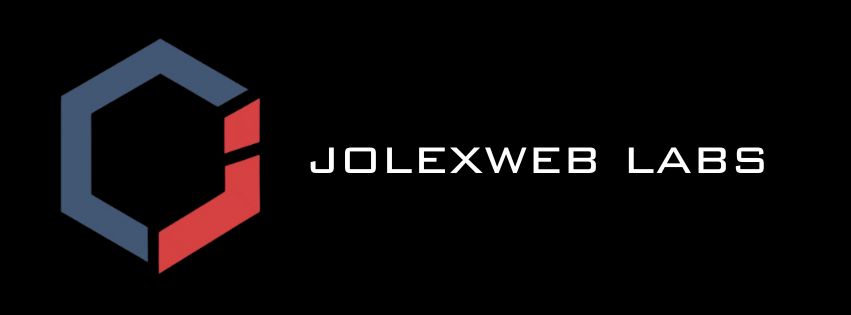
The Ultimate Digital Marketing Strategy for SMBs in 2025
Running a small business is hard work. Getting noticed online can feel even harder. You are trying to juggle everything! How do you get customers to find you? A solid digital marketing strategy helps SMBs grow and stay competitive. This guide gives you actionable tips to boost your online game.
Table of Contents
- Introduction
- Understanding Your Target Audience
- Creating Detailed Audience Personas
- Conducting Market Research for SMBs
- Building a Strong Online Presence
- Optimizing Your Website for Conversions
- Technical SEO Implementation
- Mastering Social Media Marketing
- The Power of Local SEO for SMBs
- Content Marketing: Creating Value for Your Audience
- Developing a Content Calendar
- Creating High-Quality, Engaging Content
- Content Distribution Strategies
- Leveraging Email Marketing for Customer Engagement
- Building and Segmenting Your Email List
- Crafting Effective Email Campaigns
- Automation and Personalization at Scale
- Paid Advertising Strategies
- Google Ads Optimization
- Social Media Advertising
- Retargeting Campaigns
- Measuring and Analyzing Your Results
- Key Performance Indicators (KPIs) for SMBs
- Using Analytics Tools to Track Progress
- Attribution Modeling
- Case Studies: SMB Success Stories
- Expert Insights: Digital Marketing Specialists Weigh In
- Frequently Asked Questions
- Conclusion
Introduction
In today’s hypercompetitive digital landscape, small and medium-sized businesses need more than just a basic online presence—they need a comprehensive digital marketing strategy that delivers measurable results. This guide provides technical, specific, and actionable tactics to help SMBs compete effectively in 2025’s digital ecosystem.
Understanding Your Target Audience
Before diving into tactics, know who you’re talking to. Defining your audience is the first step. Solid audience personas help you reach the right people.
Creating Detailed Audience Personas
Think of audience personas as fictional versions of your ideal customers. What’s their age? Where do they live? Knowing demographics is key. Psychographics dive deeper. What are their values? What motivates them? Understand their online behavior. Where do they hang out online? What are their pain points? Dig deep into their customer journey. This lets you craft messages that speak directly to them.
Technical Implementation: Create a data-driven persona template with the following fields:
|
Persona Element |
Primary Data Sources |
Secondary Data Sources |
|
Demographics |
CRM data, Google Analytics, Facebook Insights |
Census data, industry reports |
|
Psychographics |
Customer surveys, social media analysis, interviews |
Competitor audience analysis |
|
Behavioral Patterns |
Website heatmaps, session recordings, conversion path analysis |
Industry benchmarks |
|
Pain Points |
Customer support tickets, reviews, sales call transcripts |
Social listening tools |
|
Digital Touchpoints |
UTM tracking, multi-channel funnels, device usage |
Technology adoption reports |
Example Persona:
Name: Marketing Manager Melissa
Age: 32-45
Income: $65,000-$85,000
Industry: B2B Services
Role: Decision-maker for marketing technologies
Pain Points: Limited budget, pressure to show ROI, difficulty coordinating team
Digital Behavior: Heavy LinkedIn and Email usage, researches solutions on mobile after hours
Buying Triggers: Case studies with clear ROI metrics, free trials, implementation support
Conducting Market Research for SMBs
Market research does not have to break the bank. Surveys are a simple option. Use tools like Google Forms or SurveyMonkey. Social media listening can reveal what people say about your brand, too. Monitor relevant keywords to spot trends. Competitor analysis is important. What are your rivals doing well? Where do they fall short? Look for market gaps. Are there unmet needs you can address? Uncover hidden opportunities.
Technical Implementation:
- Competitive Analysis Framework: Conduct a SWOT analysis using SimilarWeb or SpyFu to analyze competitors’ traffic sources, keyword rankings, and ad strategies.
- Keyword Research Protocol: Use tools like SEMrush to identify:
- High-volume, low-competition keywords
- Question-based queries that signal purchase intent
- Local search variations with geo-modifiers
- Social Listening Setup: Configure Boolean search queries in tools like Brandwatch or Mention to track:
- Brand mentions (with and without tags)
- Product category discussions
- Competitor sentiment analysis
- Industry pain points and emerging trends
Building a Strong Online Presence
Now, let’s get you seen online. A strong online presence starts with the basics. Website optimization is vital. Good social media management keeps you visible.
Optimizing Your Website for Conversions
Your website is your digital storefront. Make a good first impression. Website design matters. Is it easy to navigate? Mobile responsiveness is a must. Most people browse on their phones! Page speed matters. Slow sites frustrate visitors. Clear calls-to-action guide people to the next step. Make it obvious what you want them to do. A good user experience keeps people on your site.
Technical Implementation:
- Core Web Vitals Optimization:
- Achieve <2.5s Largest Contentful Paint (LCP)
- Maintain <100ms First Input Delay (FID)
- Ensure <0.1 Cumulative Layout Shift (CLS)
- Conversion Rate Optimization Protocol:
- Implement heatmap tracking (e.g., Hotjar, Crazy Egg)
- Create A/B testing calendar focusing on high-impact elements
- Design conversion funnels with <3 steps to completion
Example CRO Results:
|
Element Tested |
Control Conversion Rate |
Variant Conversion Rate |
Lift |
Statistical Significance |
|
Hero Headline |
2.3% |
3.1% |
+34.8% |
98% |
|
CTA Button Color |
4.2% |
5.8% |
+38.1% |
99% |
|
Form Fields (7 vs 3) |
1.8% |
3.9% |
+116.7% |
99% |
|
Social Proof Location |
3.4% |
3.8% |
+11.8% |
95% |
Technical SEO Implementation
Technical Specifications:
Schema Markup Implementation:
{
“@context”: “https://schema.org”,
“@type”: “LocalBusiness”,
“name”: “Your Business Name”,
“address”: {
“@type”: “PostalAddress”,
“streetAddress”: “123 Main St”,
“addressLocality”: “Your City”,
“addressRegion”: “Your State”,
“postalCode”: “12345”,
“addressCountry”: “US”
},
“telephone”: “+1-555-123-4567”,
“openingHoursSpecification”: […]
}
- Site Architecture:
- Implement a logical URL structure (max 3 levels deep)
- Create XML sitemaps segmented by content type
- Configure canonical tags to prevent duplicate content
- Set up proper 301 redirects for changed URLs
- Mobile-First Optimizations:
- Implement responsive design with mobile breakpoints
- Enable Accelerated Mobile Pages (AMP) for content pages
- Optimize tap targets (min 44x44px)
- Configure mobile-specific meta viewport tags
Mastering Social Media Marketing
Social media helps you connect. Pick the right platforms. Where does your audience spend time? Creating engaging content is important. Share valuable tips or run contests. Building a community fosters loyalty. Respond to comments and messages. Social listening helps you track brand mentions. Hear what people are saying about you. Customer engagement is essential.
Technical Implementation:
- Platform-Specific Content Ratios:
|
Platform |
Educational |
Promotional |
Entertainment |
Community |
|
|
30% |
20% |
40% |
10% |
|
|
60% |
20% |
5% |
15% |
|
|
40% |
25% |
20% |
15% |
|
TikTok |
20% |
10% |
60% |
10% |
|
|
35% |
15% |
30% |
20% |
Algorithm-Optimized Posting Schedule:
- Instagram: Tuesday 11am, Wednesday 1pm, Thursday 10am
- LinkedIn: Tuesday 10am, Wednesday 8am, Thursday 9am
- Facebook: Wednesday 12pm, Thursday 1pm, Friday 10am
- Twitter: Monday 9am, Wednesday 12pm, Friday 3pm
- Technical Engagement Tactics:
- First-hour engagement pods to boost initial algorithm signals
- Comment response protocols (respond within 2 hours)
- Hashtag research matrix (branded, niche, trending)
- UGC (User-Generated Content) collection through branded hashtags
The Power of Local SEO for SMBs
Local SEO puts you on the map. Google My Business is essential. Claim and optimize your listing. Online directories help you get found. List your business on Yelp and other relevant sites. Local citations are mentions of your business online. Consistency is key! Make sure your name, address, and phone number are the same everywhere.
Technical Implementation:
- Google Business Profile Optimization:
- Complete 100% of profile fields
- Add minimum 10 high-quality photos
- Create 3+ Google Posts weekly
- Respond to all reviews within 24 hours
- Configure service areas with exact radius
- Local Citation Building Protocol:
- Maintain NAP (Name, Address, Phone) consistency across all listings
- Priority tier 1 directories: Google, Bing, Apple Maps, Yelp, Facebook
- Industry-specific directories (min. 15)
- Implement location-specific schema markup
- Local Link Building Strategy:
- Chamber of Commerce memberships
- Local sponsorships with backlink requirements
- Guest posts on local news sites
- Community event participation
Content Marketing: Creating Value for Your Audience
Content marketing attracts and engages. When you give valuable content, you win trust.
Developing a Content Calendar
A content calendar keeps you organized. Plan your content in advance. Decide on content formats. Will you write blog posts? Create ebooks? Make infographics? Video marketing is huge. Figure out your distribution channels. Where will you share your content? An editorial calendar makes sure you stay on track.
Technical Implementation:
- Content Calendar Template:
|
Week |
Topic |
Keywords |
Format |
Distribution |
Funnel Stage |
KPIs |
|
W1 |
[Topic] |
[Primary, Secondary] |
[Blog, Video] |
[Email, Social] |
[Awareness, Consideration, Decision] |
[Views, Shares, Leads] |
- Content Production Workflow:
- Research (2 days): Keyword research, competitor analysis, data collection
- Creation (3 days): Writing, designing, recording
- Review (1 day): Internal review, fact-checking, optimization
- Distribution (1 day): Publishing, promotion, outreach
- Analysis (ongoing): Performance tracking, iteration planning
Creating High-Quality, Engaging Content
Content is king, but quality is queen. Relevant content speaks to your audience’s needs. Valuable content offers real solutions. Storytelling captures attention. People love a good story. Visual appeal matters. Use images and videos to break up text. Make your content shareable.
Technical Implementation:
- Content Optimization Framework:
- Skyscraper technique for competitive analysis
- LSI keyword integration (min. 5 per 1000 words)
- Readability score targets (Flesch-Kincaid: 60-70)
- Optimal content length by format:
- Blog posts: 1,500-2,500 words
- Landing pages: 500-1,000 words
- Product descriptions: 300-500 words
- Rich Media Integration:
- Custom graphics every 200-300 words
- Interactive elements (calculators, quizzes)
- Embedded video with transcripts
- Data visualization for complex concepts
Content Distribution Strategies
Technical Implementation:
- Multi-Channel Distribution Matrix:
- Primary channels: Owned website, email list
- Secondary channels: Social media profiles, YouTube
- Tertiary channels: Industry forums, communities, Q&A sites
- Syndication partners: Medium, LinkedIn Articles, industry publications
- Remarketing Configurations:
- Content-specific remarketing audiences in Google Ads
- Facebook Custom Audiences based on content interaction depth
- YouTube remarketing for video content viewers
Leveraging Email Marketing for Customer Engagement
Email marketing builds relationships. It’s personal and direct.
Building and Segmenting Your Email List
An email list is valuable. Offer lead magnets to entice signups. Give away a free ebook or checklist. Promote signup forms on your website. Segment your audience. Group subscribers by interests or demographics.
Technical Implementation:
- Lead Magnet Performance Metrics:
|
Lead Magnet Type |
Avg. Conversion Rate |
Cost to Create |
Lead Quality Score |
|
Ebook/Guide |
4-7% |
$$$$ |
7/10 |
|
Checklist/Cheatsheet |
10-15% |
$$ |
6/10 |
|
Webinar |
5-8% |
$$$ |
8/10 |
|
Free Tool |
15-25% |
$$$$$ |
9/10 |
|
Quiz/Assessment |
12-20% |
$$$ |
8/10 |
- Advanced Segmentation Criteria:
- Engagement level (active, inactive, at-risk)
- Acquisition source (organic, paid, referral)
- Purchase history (product categories, frequency)
- Content preferences (topics, formats)
- Demographic clusters
Crafting Effective Email Campaigns
Write compelling email subject lines. Make them intriguing and urgent. Email body copy should be concise and engaging. Calls to action tell people what to do. Personalization makes emails feel more relevant. Use the subscriber’s name. Test your emails. A/B testing can improve results.
Technical Implementation:
- Email Performance Benchmarks:
|
Metric |
Poor |
Average |
Good |
Excellent |
|
Open Rate |
<15% |
15-25% |
25-35% |
>35% |
|
Click-Through Rate |
<1% |
1-3% |
3-5% |
>5% |
|
Conversion Rate |
<0.5% |
0.5-1% |
1-2% |
>2% |
|
Unsubscribe Rate |
>0.5% |
0.3-0.5% |
0.1-0.3% |
<0.1% |
- A/B Testing Protocol:
- Test one element at a time
- Minimum sample size: 1,000 subscribers per variant
- Statistical significance threshold: 95%
- Variables to test (priority order):
- Subject lines
- CTAs (placement, color, text)
- Email send time
- Personalization elements
- Email length
Automation and Personalization at Scale
Technical Implementation:
- Essential Automation Workflows:
- Welcome sequence (3-5 emails)
- Abandoned cart recovery (3 emails)
- Post-purchase sequence (4 emails)
- Re-engagement campaign (3 emails)
- Anniversary/birthday campaigns
- Behavioral Trigger Configuration:
- Website behavior triggers (page visits, time on site)
- Email engagement triggers (opens, clicks)
- Purchase behavior triggers (frequency, value)
- Custom event triggers (webinar attendance, content downloads)
Paid Advertising Strategies
Google Ads Optimization
Technical Implementation:
- Campaign Structure:
- Account → Campaigns (by goal) → Ad Groups (by theme) → Ads
- Search campaigns: Single keyword ad groups (SKAGs) for high-value terms
- Display campaigns: Custom affinity + in-market audience layering
- Bidding Strategy Selection:
- Brand terms: Maximize conversions
- High-intent keywords: Target ROAS (min. 300% for e-commerce)
- Awareness keywords: Maximize clicks with bid caps
- Remarketing: Target CPA
- Quality Score Optimization:
- Ad relevance: Use keywords in headlines and descriptions
- Landing page experience: Match landing page content to ad copy
- Expected CTR: Utilize ad extensions for all campaigns
Social Media Advertising
Technical Implementation:
- Platform Selection Matrix:
|
Platform |
Cost Per Click |
Best Audience Types |
Best Ad Formats |
|
|
$0.50-$2.00 |
Demographic, Interest, Behavioral |
Carousel, Video |
|
|
$0.70-$3.00 |
Demographic, Interest, Lifestyle |
Stories, Reels |
|
|
$5.00-$15.00 |
Professional, B2B, Industry |
Single Image, Lead Gen |
|
TikTok |
$0.50-$1.50 |
Age-based, Interest, Engagement |
Video, Spark Ads |
- Advanced Targeting Configurations:
- Lookalike audiences (1-5% similarity)
- Custom audiences from website visitors (past 30-180 days)
- Engagement-based audiences (video views, post engagement)
- Customer list matching (email, phone)
Retargeting Campaigns
Technical Implementation:
- Audience Segmentation:
- Product/service page visitors (non-converters)
- Shopping cart abandoners
- Past customers (upsell/cross-sell opportunities)
- Lead magnet downloaders (unconverted)
- Frequency Capping:
- First 3 days: 5 impressions per day
- Days 4-7: 3 impressions per day
- Days 8-14: 1 impression per day
- Days 15-30: 3 impressions per week
- Multi-platform Retargeting Sequence:
- Day 1: Awareness-focused content
- Days 2-3: Benefits and features
- Days 4-7: Social proof and testimonials
- Days 8-14: Special offers and incentives
- Days 15-30: Final call-to-action

Measuring and Analyzing Your Results
Data guides your decisions. Track key metrics to see what’s working.
Key Performance Indicators (KPIs) for SMBs
KPIs measure your success. Website traffic shows how many people visit your site. Conversion rates track how many visitors take action. Social media engagement measures likes, shares, and comments. Email open rates show how many people open your emails.
Technical Implementation:
- Comprehensive KPI Dashboard:
|
Channel |
Primary KPIs |
Secondary KPIs |
Tertiary KPIs |
|
Website |
Conversion Rate, Time on Site |
Bounce Rate, Pages Per Session |
New vs. Returning, Exit Pages |
|
SEO |
Organic Traffic, Position |
Click-Through Rate, Domain Authority |
Indexed Pages, Backlinks |
|
Social |
Engagement Rate, Reach |
Shares, Comments |
Sentiment, Click-Through |
|
|
Open Rate, Click Rate |
Conversion Rate, List Growth |
Unsubscribe Rate, Spam Rate |
|
Ads |
ROAS, CPA |
CTR, Quality Score |
Impression Share, Frequency |
- Custom Reporting Schedule:
- Daily: Campaign performance, conversion tracking
- Weekly: Channel performance, budget pacing
- Monthly: Strategy evaluation, ROI analysis
- Quarterly: Market position, competitive analysis
Using Analytics Tools to Track Progress
Google Analytics is a must-have. It tracks website traffic and behavior. Social media analytics platforms provide insights into your social media performance. Email marketing analytics dashboards track email open rates and click-through rates.
Technical Implementation:
- Google Analytics 4 Configuration:
- Enhanced measurement setup
- Custom events for micro-conversions
- Advanced audience definitions based on behavior
- UTM parameter framework for all campaigns
- Data Studio Dashboard Template:
- Executive summary (KPIs vs. targets)
- Acquisition channels (contribution to goal completions)
- Behavioral flow visualization
- Conversion path analysis
- Device/location breakdowns
Attribution Modeling
Technical Implementation:
- Multi-Touch Attribution Models:
- Last-click attribution (baseline)
- First-click attribution (awareness focus)
- Linear attribution (equal credit)
- Time-decay attribution (recency focus)
- Position-based attribution (40/20/40)
- Data-driven attribution (AI-powered)
- Cross-Device Tracking Setup:
- User ID implementation for logged-in experiences
- Google Signals activation for demographic insights
- Client ID storage for anonymous users
Case Studies: SMB Success Stories
Case Study 1: Local Fitness Studio
Challenge: Local fitness studio struggling with post-pandemic membership decline. Solution: Implemented comprehensive digital strategy focusing on:
- Google Business Profile optimization
- Hyperlocal Facebook and Instagram ad campaigns
- Referral program with digital tracking
- Email nurture sequences for trial memberships
Results:
- 245% increase in website traffic
- 127% increase in trial signups
- 84% conversion rate from trial to membership
- 56% reduction in customer acquisition cost
Case Study 2: E-commerce Kitchenware Brand
Challenge: Small kitchenware brand facing intense competition from larger retailers. Solution: Developed multi-channel strategy with:
- Content marketing focusing on recipe videos
- Email segmentation based on purchase history
- Pinterest advertising campaign
- Retargeting sequence for cart abandoners
Results:
- 312% increase in organic traffic
- 78% increase in average order value
- 23% improvement in cart abandonment recovery
- 4.8x return on ad spend
Expert Insights: Digital Marketing Specialists Weigh In
Sarah Chen, SMB Marketing Consultant: “The most successful small businesses I work with dedicate at least 7-10% of their revenue to digital marketing, with the majority focused on platforms that deliver measurable ROI. Start with a strong Google Business Profile and local SEO foundation before expanding to paid channels.”
Marcus Johnson, E-commerce Growth Strategist: “Email marketing continues to deliver the highest ROI for my SMB clients, averaging 38:1 return. Focus on building your list with high-quality lead magnets, then segment aggressively based on behavior. Email automation allows even small businesses to deliver personalized experiences at scale.”
Priya Sharma, Social Media Director: “In 2025, short-form video content is non-negotiable for SMBs. Platforms like TikTok and Instagram Reels deliver 2-3x the engagement of static posts. Even B2B companies are seeing success with educational micro-content under 60 seconds.”
David Rodriguez, Local SEO Specialist: “Google Business Profile optimization has become increasingly technical. Beyond the basics, businesses should focus on adding products/services, publishing weekly posts, responding to all reviews, and adding FAQs. These actions can improve visibility by 30-40% in local pack results.”
Frequently Asked Questions
Q: How much should a small business spend on digital marketing? A: Most successful SMBs allocate 7-15% of their revenue to marketing, with 60-70% of that going to digital channels. Start smaller and scale based on performance. Focus on channels with measurable ROI first.
Q: How long does it take to see results from SEO? A: Local SEO efforts typically show initial results within 30-60 days. Broader organic SEO campaigns require 4-6 months for significant movement. The most competitive industries may take 6-12 months to achieve page one rankings.
Q: Should I focus on organic or paid strategies? A: Both have their place. Paid strategies deliver immediate traffic and conversions but stop when you stop paying. Organic strategies take longer but build sustainable, long-term assets. Most successful SMBs use paid campaigns to support growth while building organic assets.
Q: How often should I post on social media? A: Quality trumps quantity. Platform-specific recommendations:
- Instagram: 3-5 posts per week, 5-8 stories per day
- Facebook: 3-5 posts per week
- LinkedIn: 2-3 posts per week
- Twitter: 5-7 posts per day
- TikTok: 1-2 posts per day
Q: How can I compete with larger companies with bigger budgets? A: Focus on niches where you can be the authority. Leverage your agility to create more personalized experiences. Build community and loyalty through exceptional service. Target hyperlocal opportunities that national brands often overlook. Learn more about how small businesses can win against giants.
Conclusion
A winning digital marketing strategy blends several elements. Know your audience. Build a strong online presence. Create valuable content. Use email marketing to nurture leads. Track your results and adapt. Success comes from consistent effort and smart choices. Take action today!
For SMBs in 2025, the digital landscape offers unprecedented opportunities to grow your business. By implementing technical, specific strategies across channels—and continually measuring and optimizing results—you can compete effectively regardless of your size. The key is to start with a solid foundation, focus on channels that deliver the highest ROI for your specific business, and commit to ongoing optimization.
At JolexWeb Labs, we specialize in helping small businesses implement effective digital marketing strategies that drive real results. We understand the common mistakes that can break your small business and provide the essential tools every small business needs to succeed online. Ready to take your digital marketing to the next level? Contact us today to discuss how we can help your business scale effectively in the digital landscape.
- All Posts
- Blog
- Case Studies
- General
- SEO
- Small Business Growth Strategies
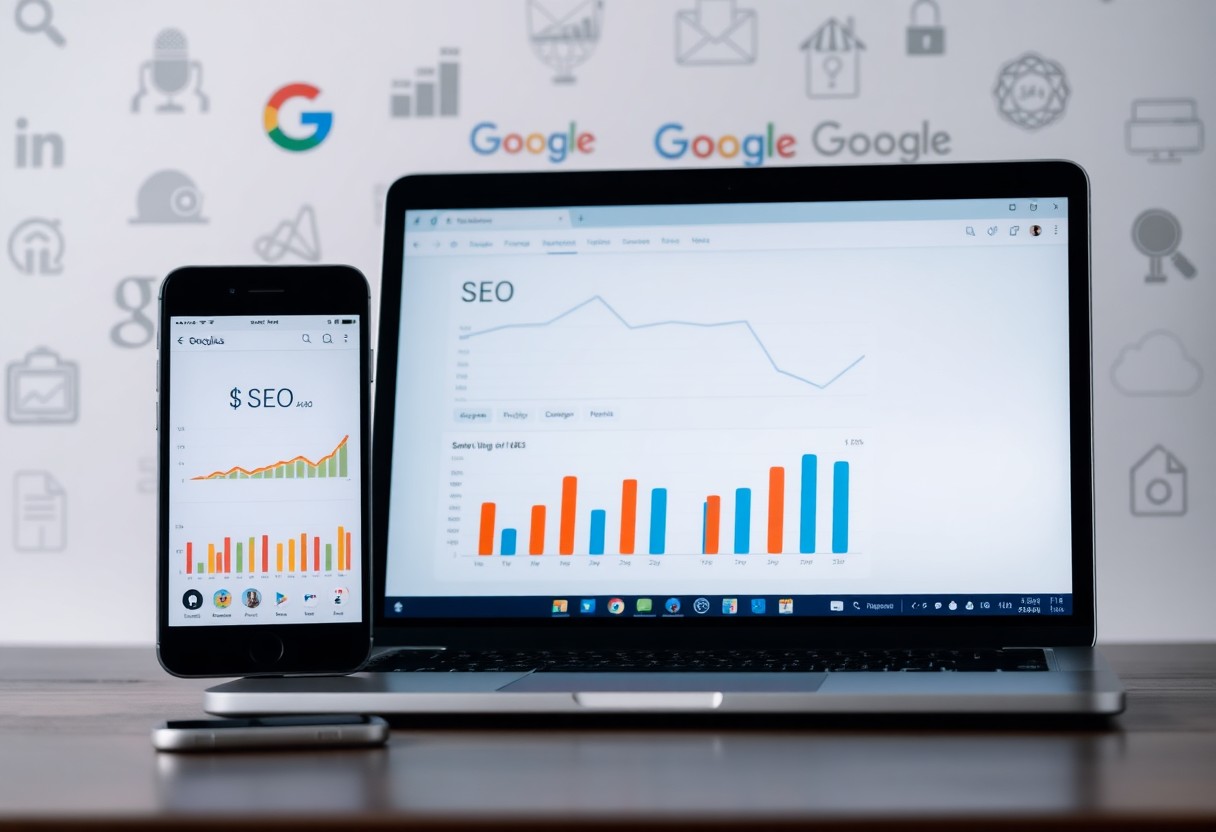
There’s a lot to understand about SEO, but I’m here to break it down for you. In this post, I’ll...
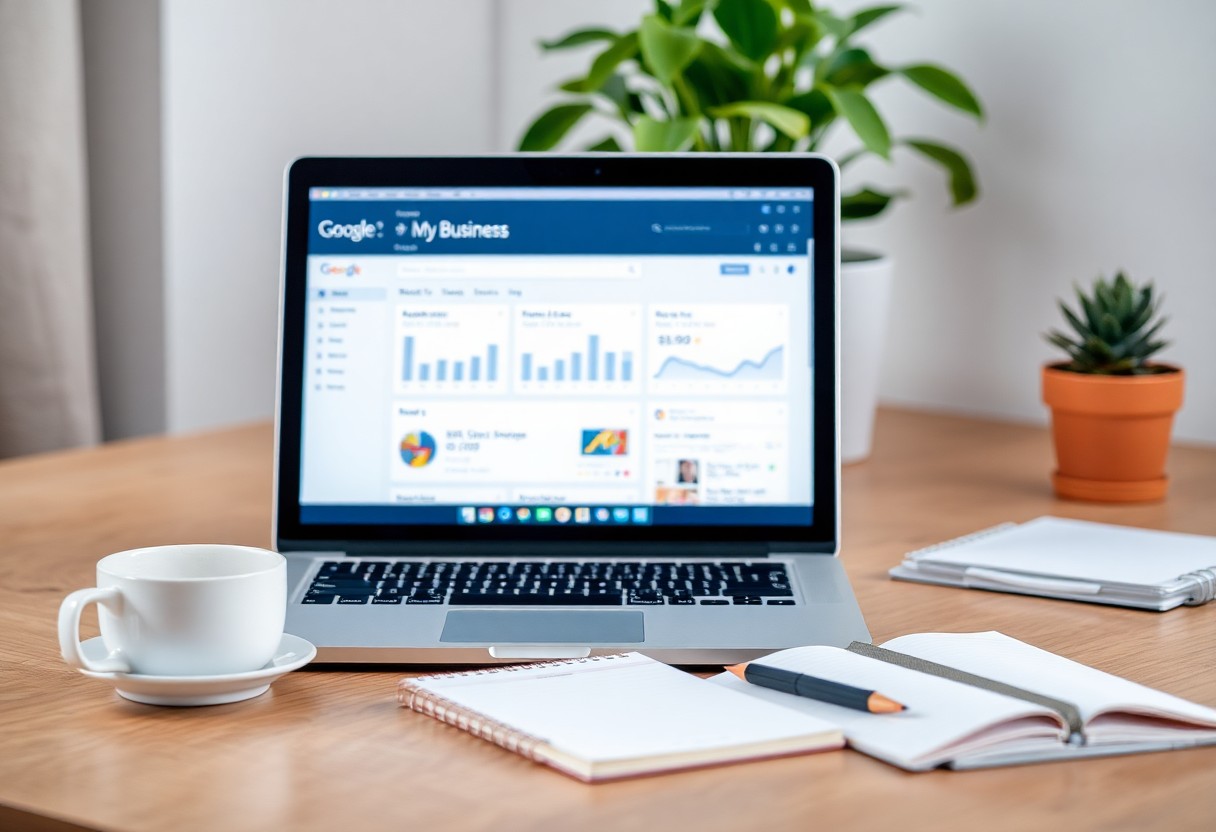
There’s a lot more to ranking well in local search than just having a website. I’ve found that properly optimizing...
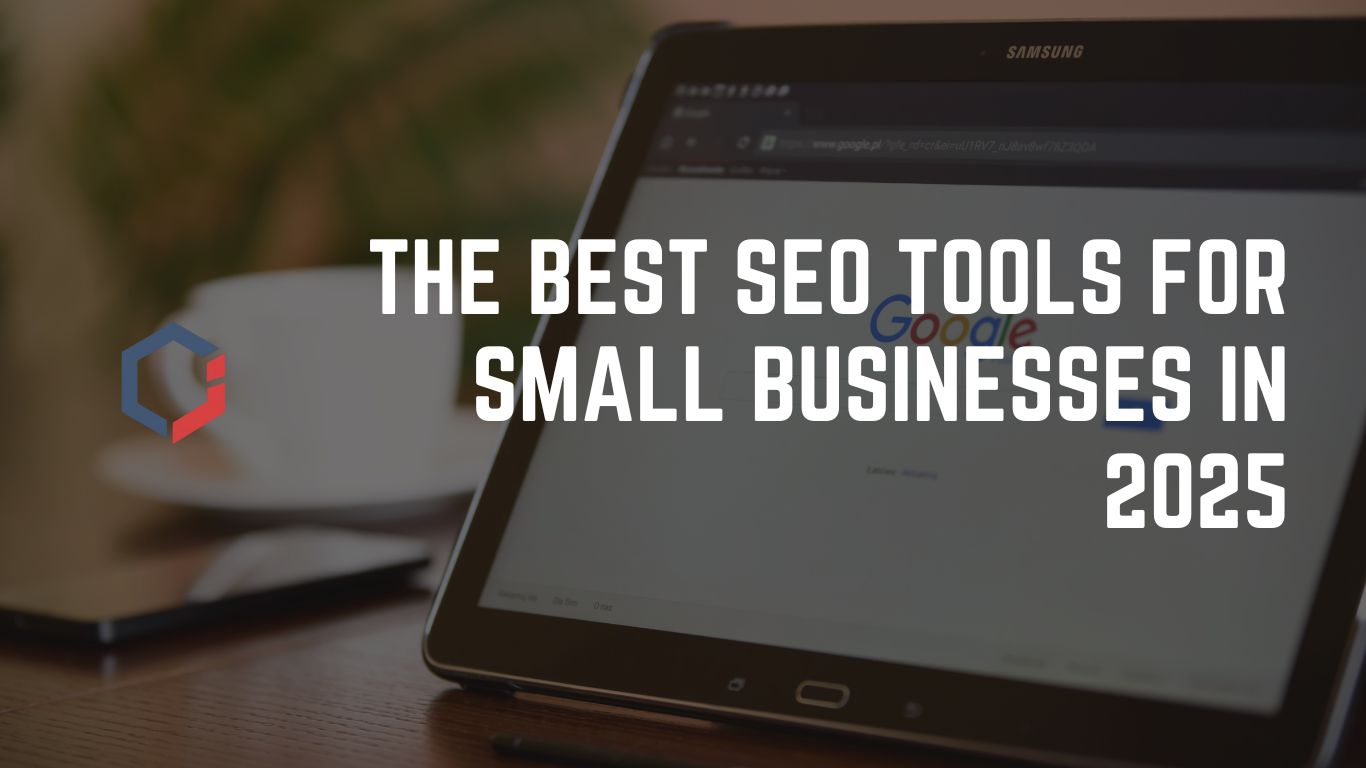
How SEO Helps Businesses Grow Boosting your online presence can be a challenge. For small businesses, competing with big brands...
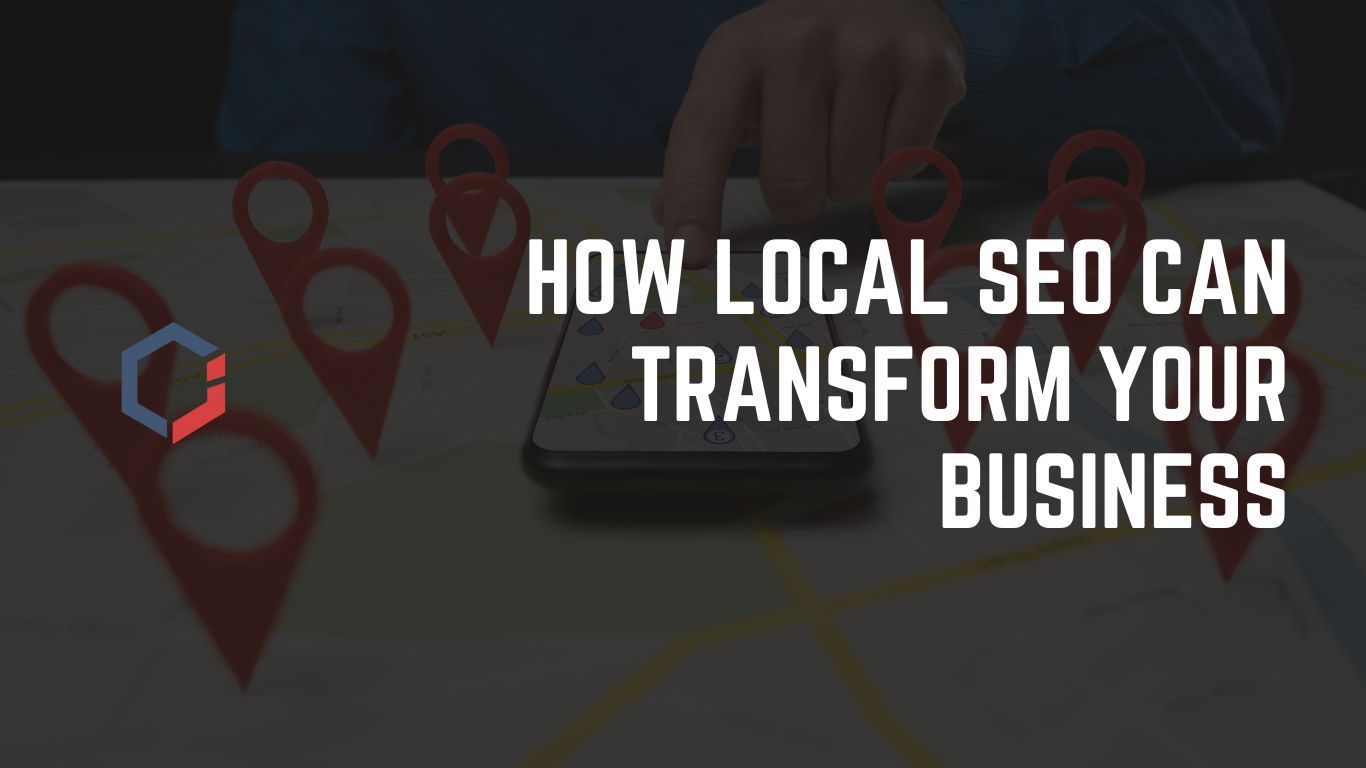
Why Every Business Should Get a Free Website Audit (And Where to Find One) Getting found by local customers matters...
Stay ahead in the digital game with expert SEO tips, website growth strategies, and exclusive updates. Sign up for our newsletter today.
